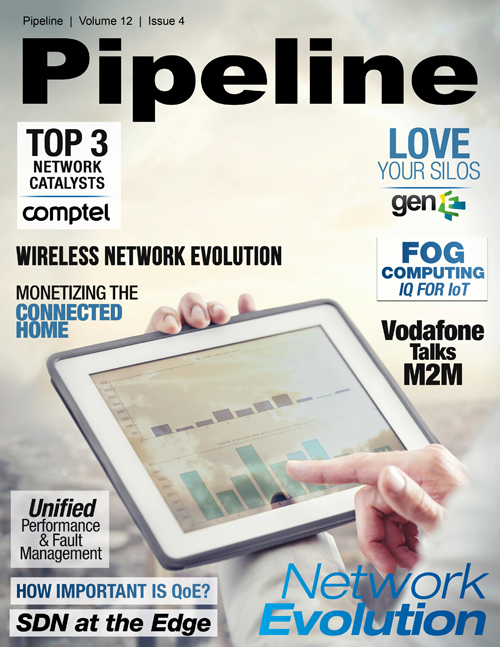Three Key Questions for Monetizing the Connected Home
 With the connected home market continuing to grow in size, the question is no longer, “Should I play in this market?” but “How can I best monetize this opportunity?” As the number of market
players and the sheer volume of dollars being thrown at the connected home rapidly skyrockets, so too does the market complexity. There seem to be as many business models, ecosystems, and
pricing strategies as there are offerings and players in the market, with no signs of simplification on the horizon.
With the connected home market continuing to grow in size, the question is no longer, “Should I play in this market?” but “How can I best monetize this opportunity?” As the number of market
players and the sheer volume of dollars being thrown at the connected home rapidly skyrockets, so too does the market complexity. There seem to be as many business models, ecosystems, and
pricing strategies as there are offerings and players in the market, with no signs of simplification on the horizon. To translate the potential into actual revenue, companies must carefully consider three key questions:
- What is my ecosystem strategy?
- How should I price my product or service?
- How can technical support help accelerate product adoption and usage?
|
Key Ecosystem Considerations What is my offering’s value proposition? What gaps do I need to fill to effectively deliver it? If an ecosystem player, what adjacent product or market opportunities exist that having an ecosystem will help address? If a point solution provider, where can my solution fit in the market’s various ecosystems? How flexible can I be when it comes to ecosystems I want to play in? Can I play in multiple ecosystems and at what cost? What risks do I incur by limiting myself to one ecosystem or another? If I am building an ecosystem, how much can I incentivize potential partners to stay in my ecosystem exclusively? |
Each of these platform players is hoping to win by creating a comprehensive ecosystem of multiple devices and use cases that would allow it to become the home’s natural—and singular—control point. With no single “killer app” having emerged, the race is on to build the ecosystem that will be able to capture the mass adoption use case whenever and wherever it occurs.
Despite this rapid expansion of ecosystems, complications still exist for consumers due to the lack of a single communication standard across devices. Zigbee, Z-Wave, and WiFi are just three of the standards in use today. Device makers have avoided choosing a “winner” by making their devices work with as many communication standards as possible. Samsung’s SmartThings platform and Quirky’s Wink platform, for example, are fully compatible with these three main communication protocols as well as others. This multi-standard functionality means ecosystem builders will be burdened with the extra cost of supporting all of these standards—helping consumers integrate devices, getting them to work, and troubleshooting when issues arise.
2. How Should I Price My Product?
Monetization also means arriving at a viable pricing model; but, with today’s connected home market lacking a dominant pricing strategy, there is no “one-size-fits-all” approach. Managed service providers like smart home security providers (ADT, Vivint) and the telecom and cable companies (AT&T, Comcast) have adopted a monthly subscription and long-term contract pricing model, since they already used this model elsewhere in their portfolio. Alternatively, single use-case connected home devices (point solutions) and multi-use-case device platforms that don’t offer managed services (like SmartThings and Lowes’ Iris) have until now adopted a transactional approach to pricing. To date, the market hasn’t dramatically favored one pricing model over the other. In fact, both have achieved similar market traction.



















